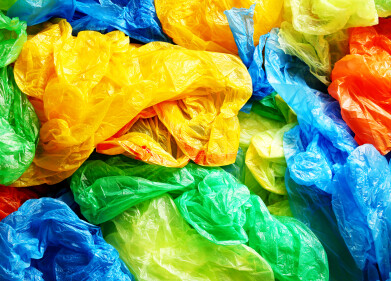Environmental laboratory
Successful Trial in China Proves MIT Technique Can Turn Waste Gas into Fuel
Mar 08 2016
Scientists from the Massachusetts Institute of Technology (MIT) have successfully demonstrated their ability to transform the waste emissions from power plants into usable liquid fuel, thanks to a trial in China.
The pilot was conducted on a small scale at a modest-sized power plant in China, but now a much larger adaptation of the same technique is being planned for bigger facilities in the country. If successful on a large scale, the method could be applied to steel mills, power stations and landfill sites to greatly reduce harmful emissions from such locations and our reliance on fossil fuels in one fell swoop.
Bacteria the Answer
The process developed by the team from MIT involves treating the waste gases with bacteria in order to turn it into ascetic acid, more commonly known as vinegar. This unusual solution is then supplemented with a specifically designed type of yeast which acts as a catalyst to turn it into a usable form of oil.
Our over-reliance on oil and gas as a means of powering our factories, lighting and heating our homes and running our vehicles means that we are doing irreparable damage to the atmosphere with the combustion of fossil fuels. Add to this the fact that fossil fuels are themselves a finite source in danger of depletion in the relatively near future, and it’s obvious that an alternative energy source must be found.
Biogas is a burgeoning market in Europe and though it has enjoyed some popularity over recent years, it relies largely on governmental subsidies and competes with land for agricultural produce, thus driving up the price of food.
As such, determining the value of waste materials as fuel feedstock has long been an objective of modern science. The breakthrough made by the MIT team shows that such a technique is workable – at least on a small scale – and now it remains to be seen whether it can be adapted to bigger facilities.
“It is one thing to do it on a scale of 1-2 litres in the lab, but a different story to move up 1,000 litres and then 20,000 litres in the demonstration plant,” explained Professor Gregory Stephanopoulos of MIT to the Guardian. “The bottom line, if one is aiming at making fuels from renewable resources, is we need to look very carefully at low-cost feed stocks.”
Rival Technologies
Though the technology behind the MIT technique has been patented and licensed to one individual company (GTL Biofuel Inc.), they are far from the only entities investigating such avenues. Lanzatech, a company based in the States, also uses microbes in order to achieve the creation of usable fuel or chemicals.
The company have already agreed deals in Belgium, China and Taiwan, with the technology expected to enter into use from next year. Meanwhile, scientists investigating the possibility of a manned mission to Mars have been analysing waste gases from a simulated mission in Hawaii to determine whether such emissions could be harnessed for energy purposes.
If successful, these techniques could represent a massive breakthrough in reducing the effects of global warming and solving the imminent energy crisis, thus hitting two birds with one stone.
Digital Edition
AET 28.4 Oct/Nov 2024
November 2024
Gas Detection - Go from lagging to leading: why investment in gas detection makes sense Air Monitoring - Swirl and vortex meters will aid green hydrogen production - Beyond the Stack: Emi...
View all digital editions
Events
Jan 12 2025 Abu Dhabi, UAE
Jan 14 2025 Abu Dhabi, UAE
Jan 20 2025 San Diego, CA, USA
Carrefour des Gestions Locales de L'eau
Jan 22 2025 Rennes, France
Safety, Health & Wellbeing LIVE
Jan 22 2025 Manchester, UK



















